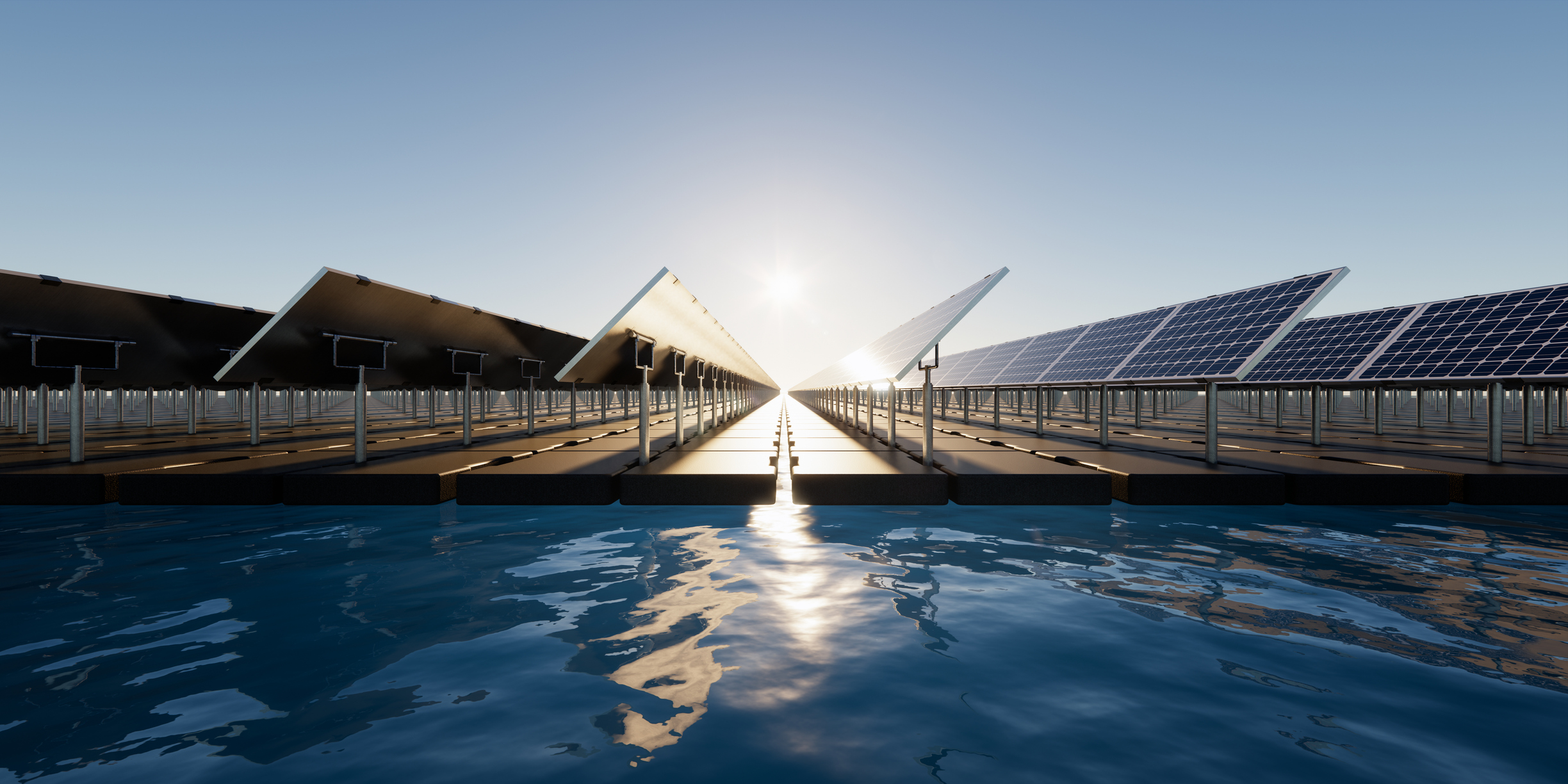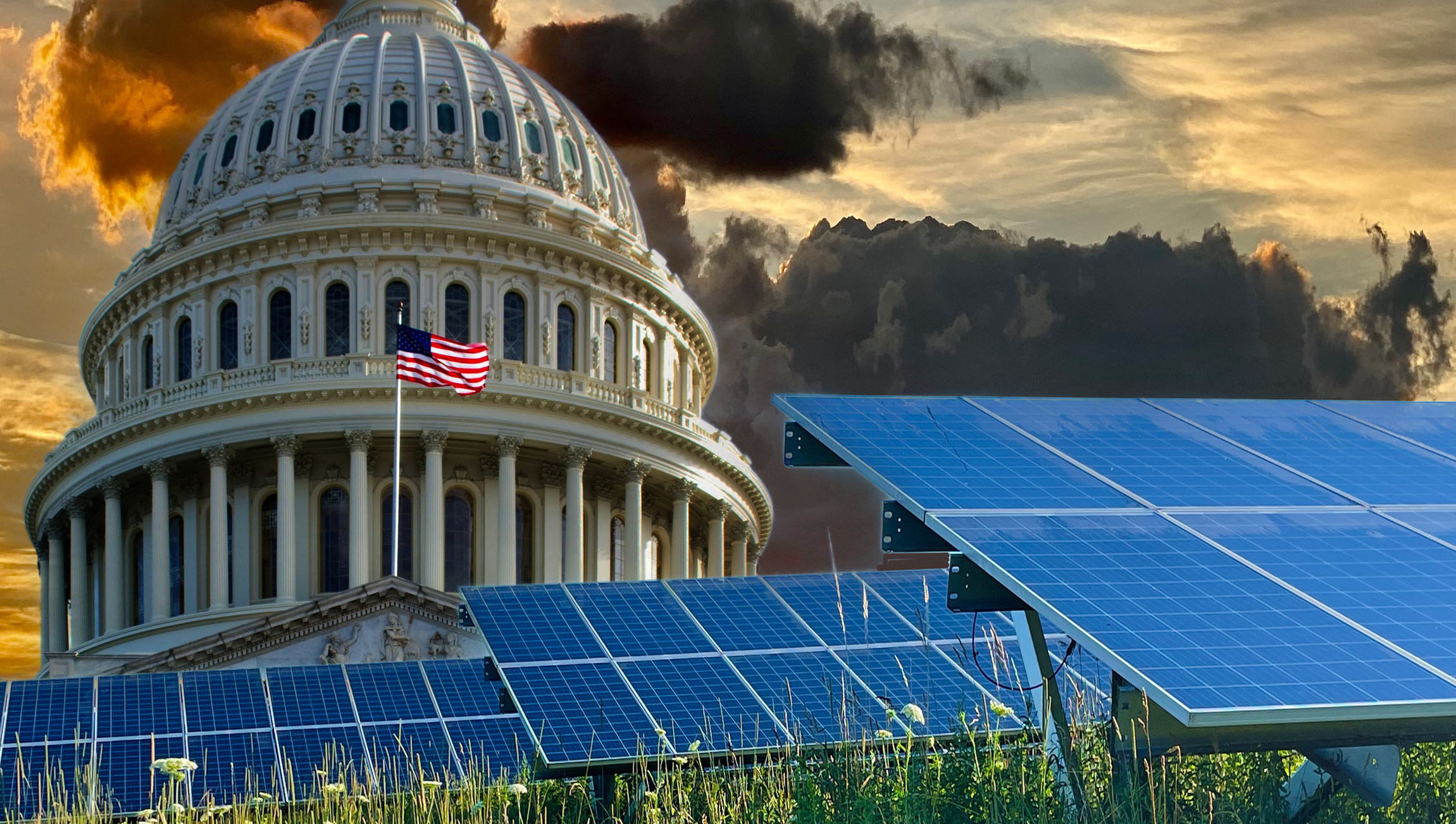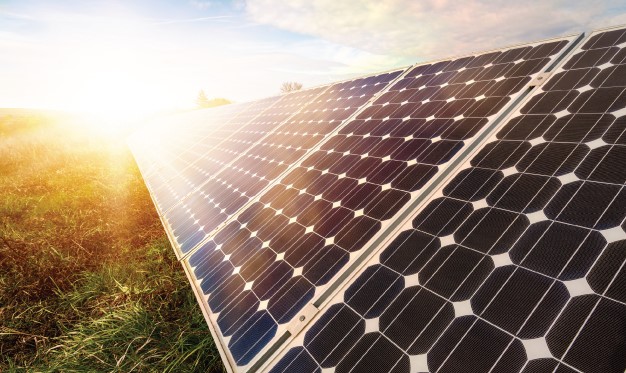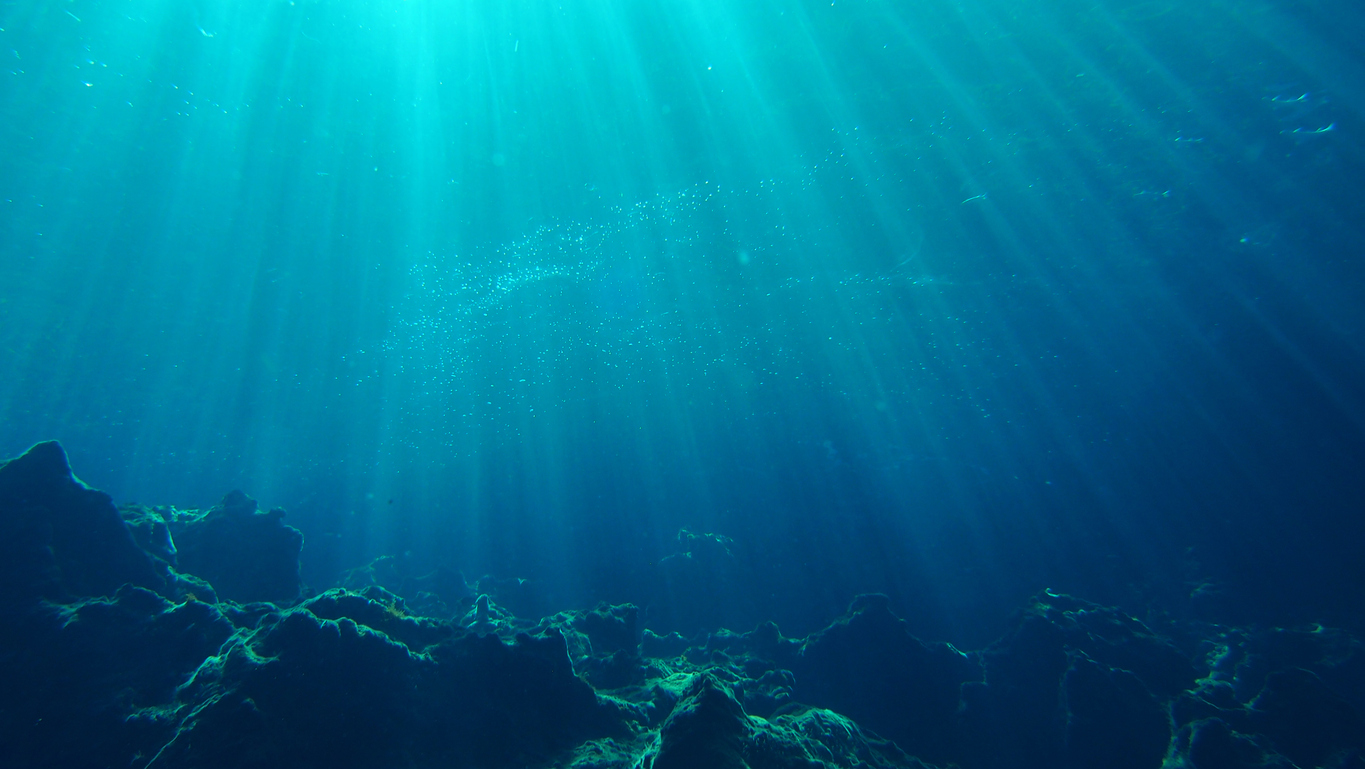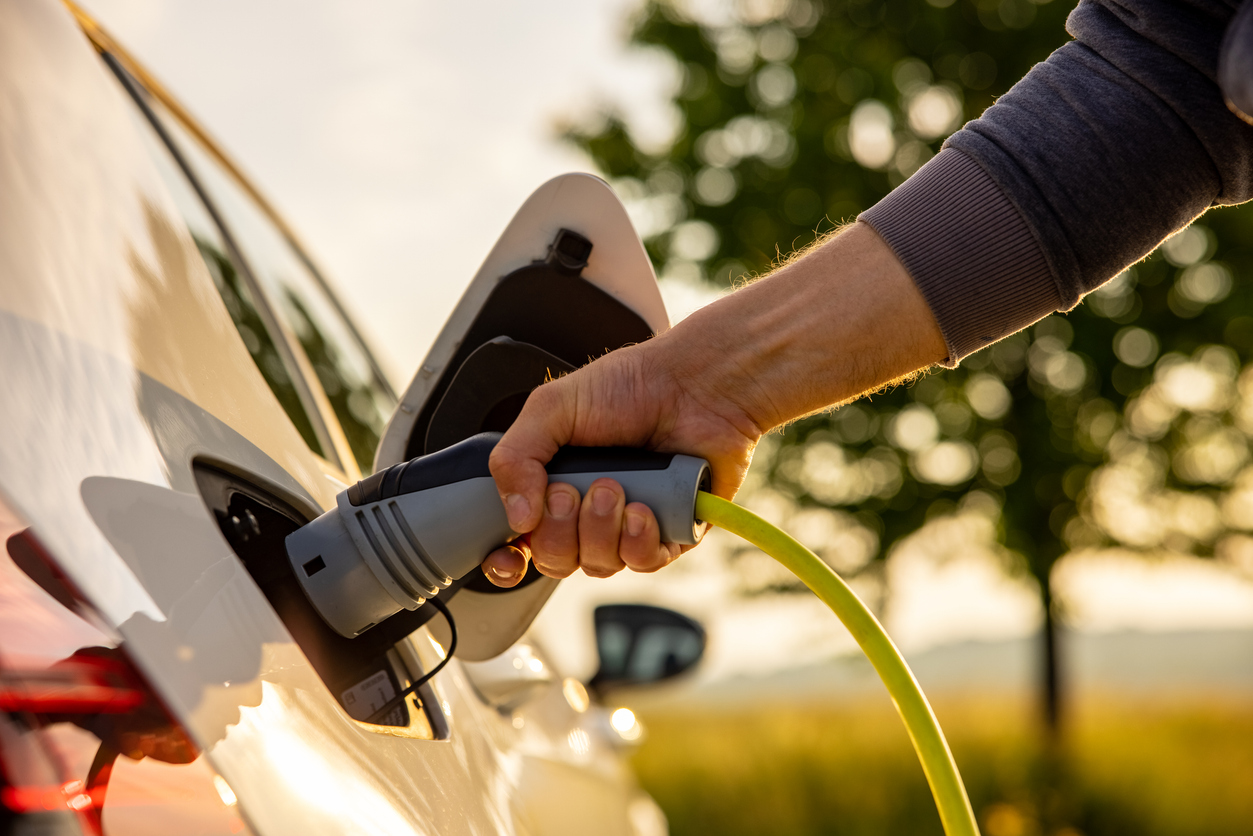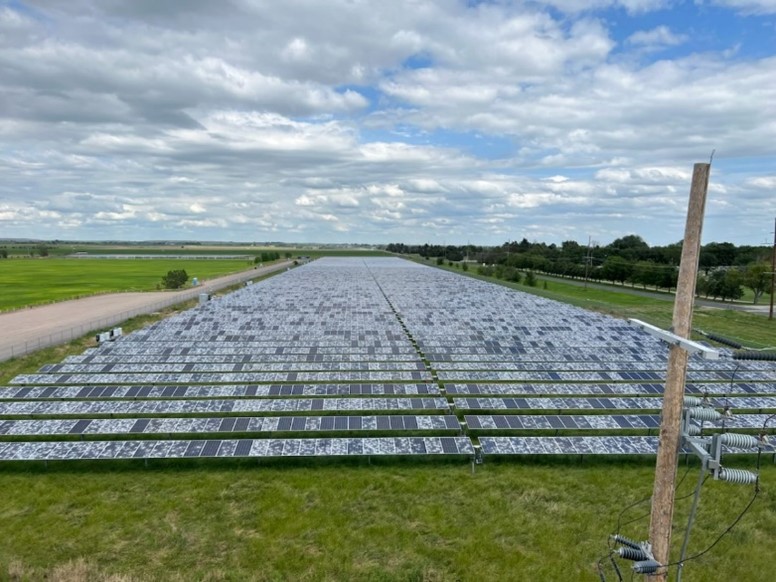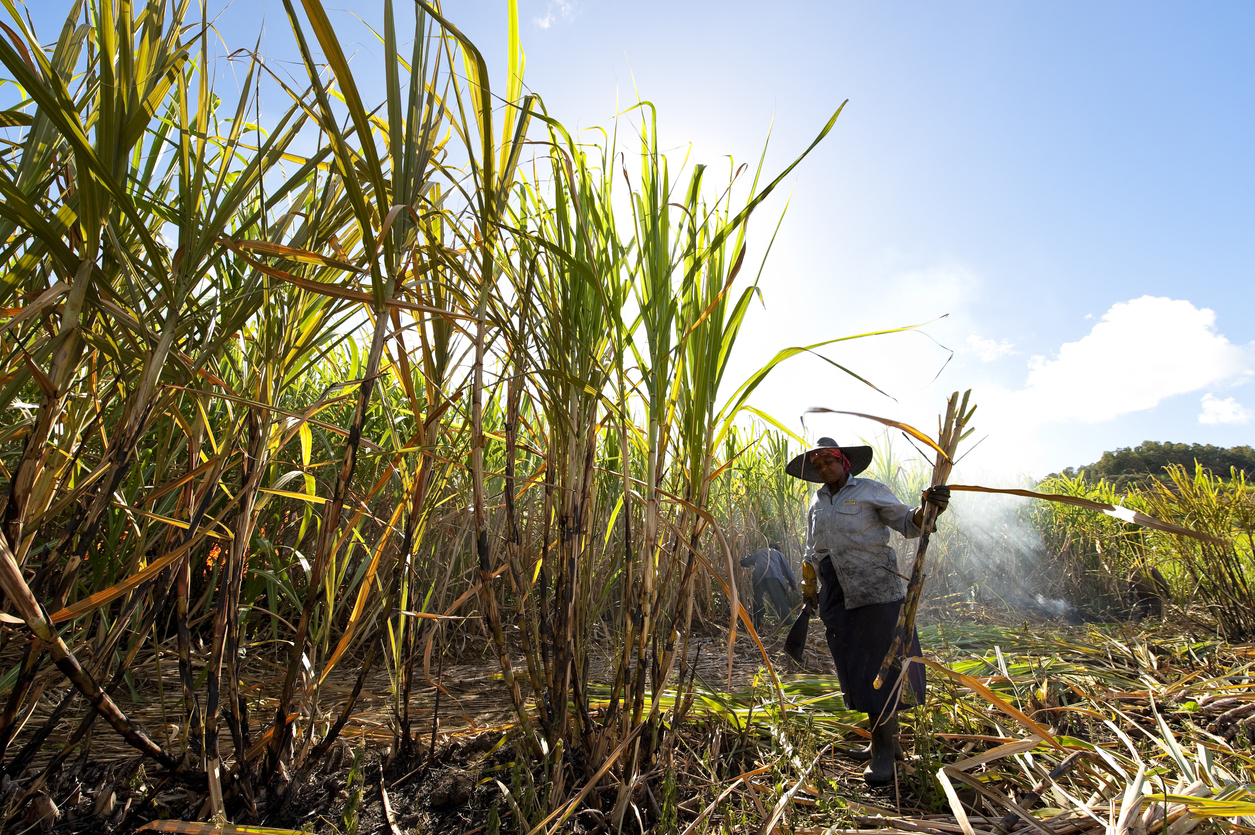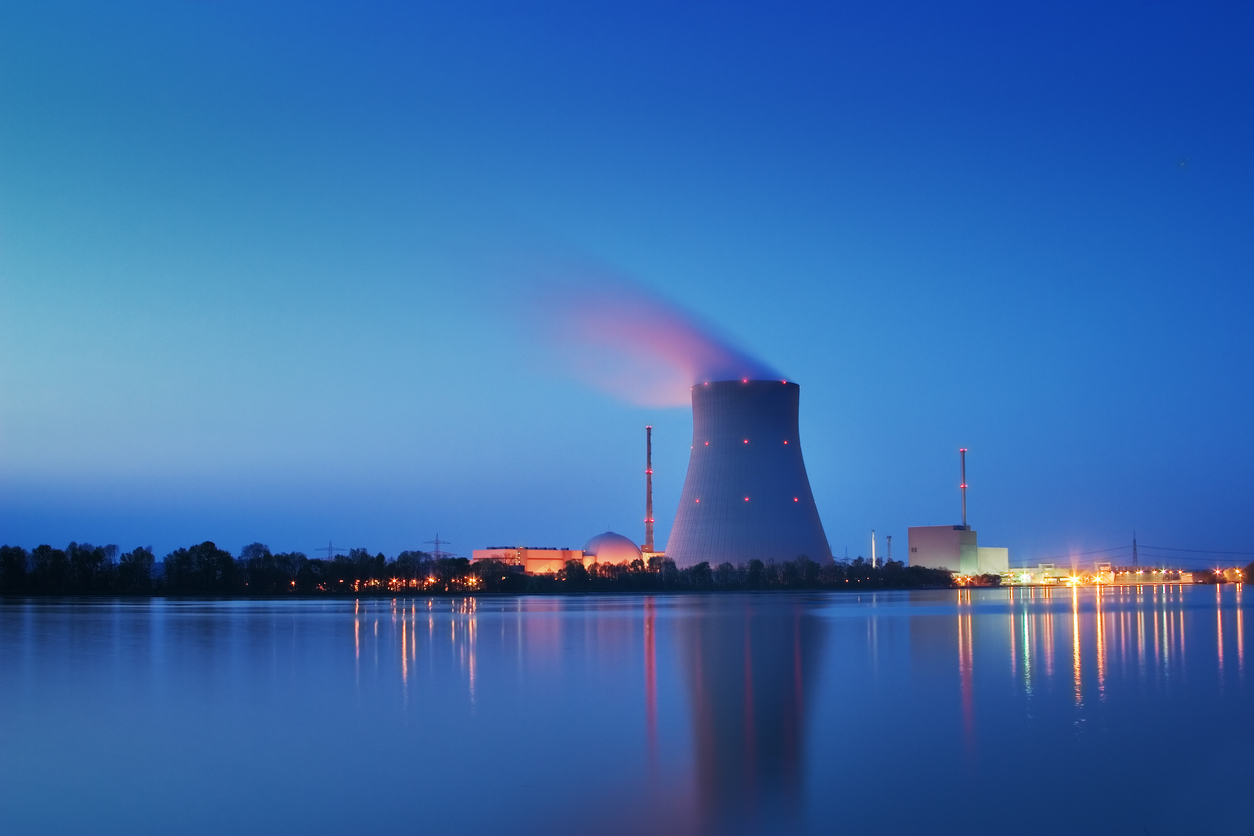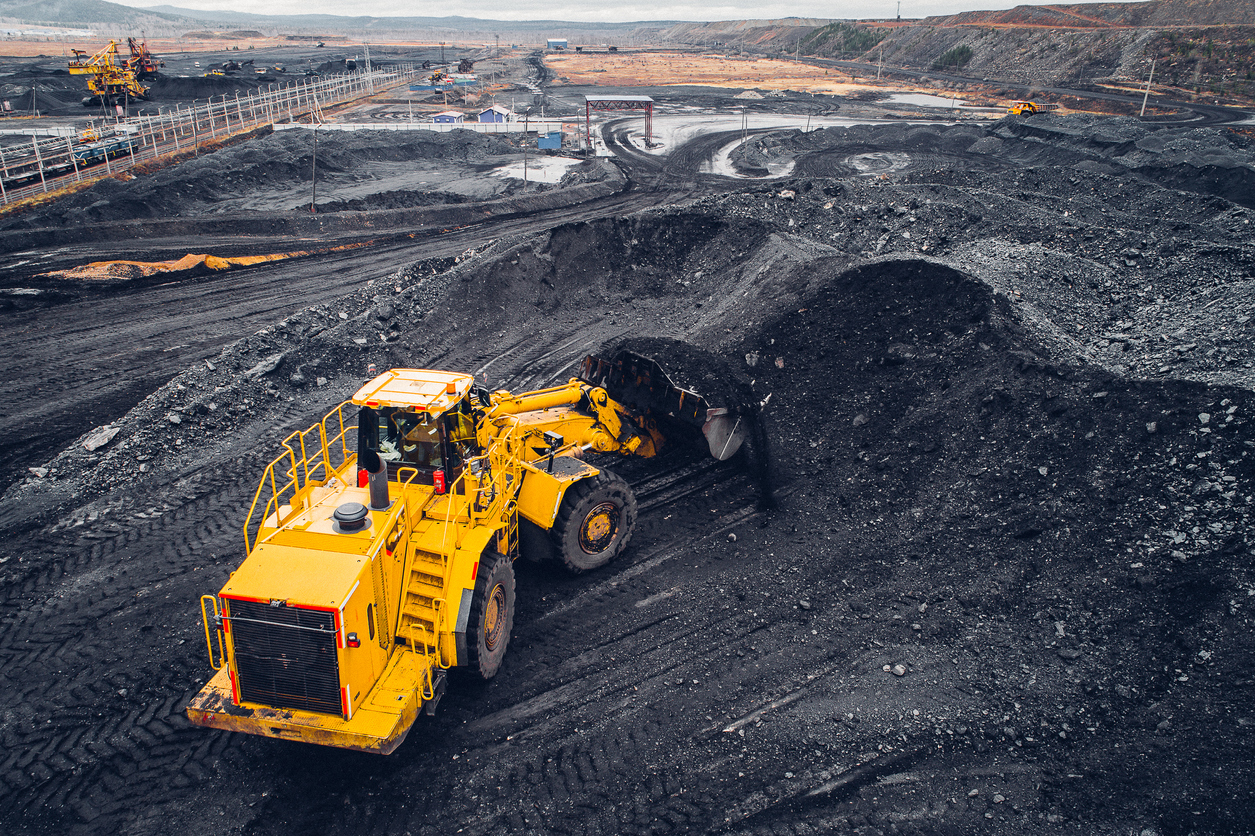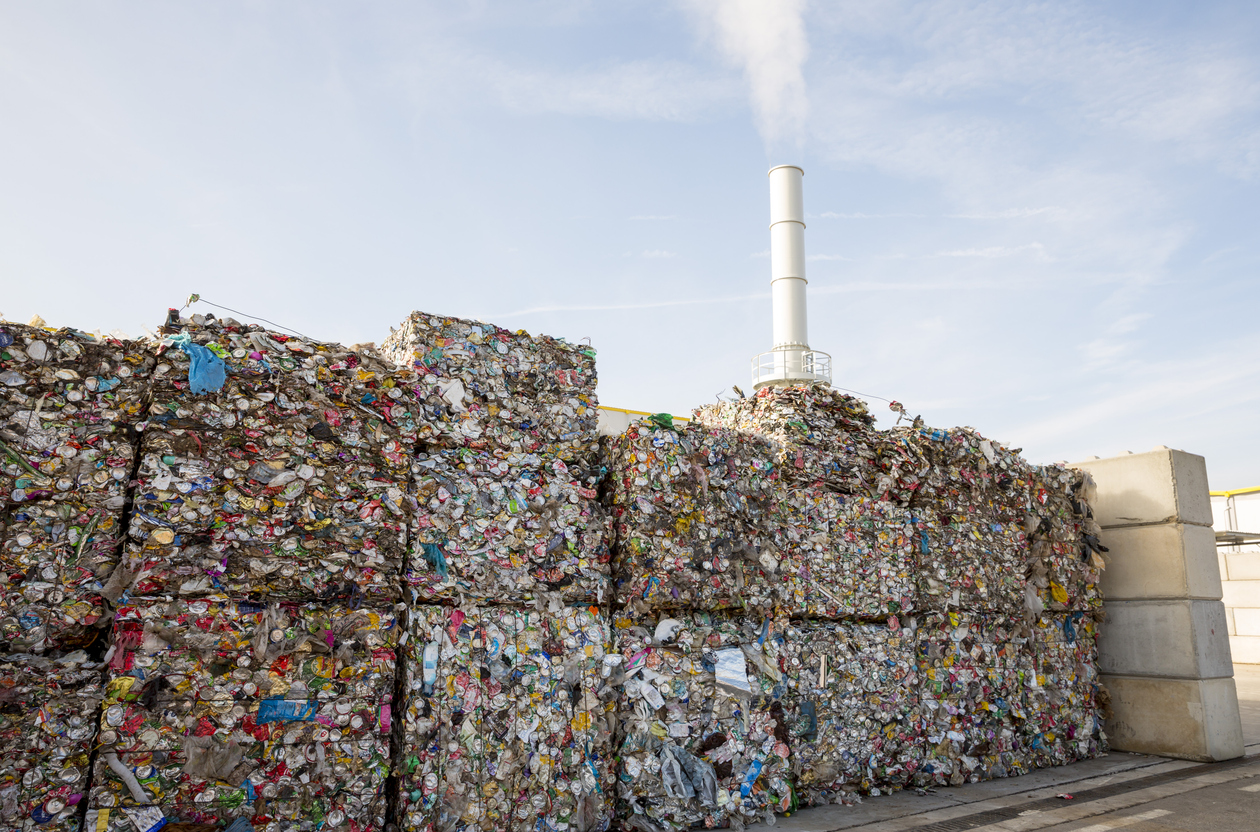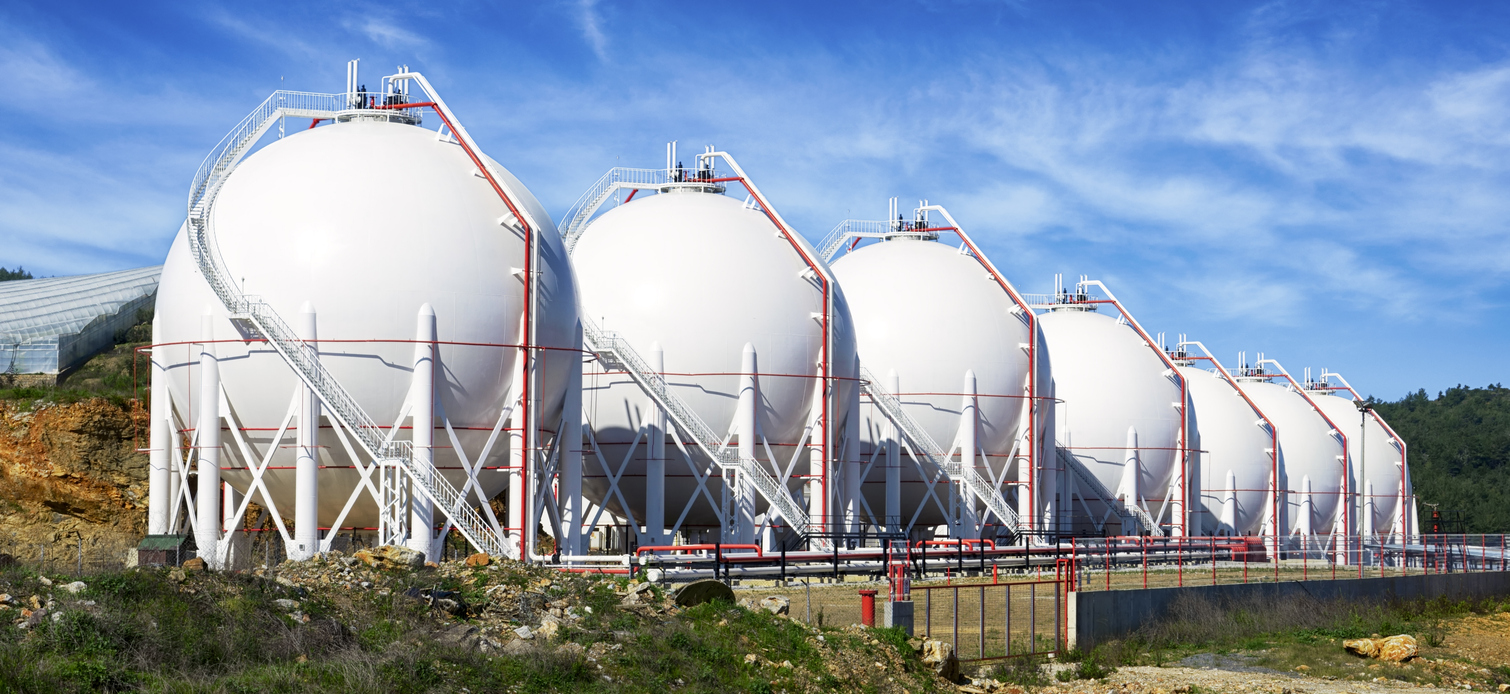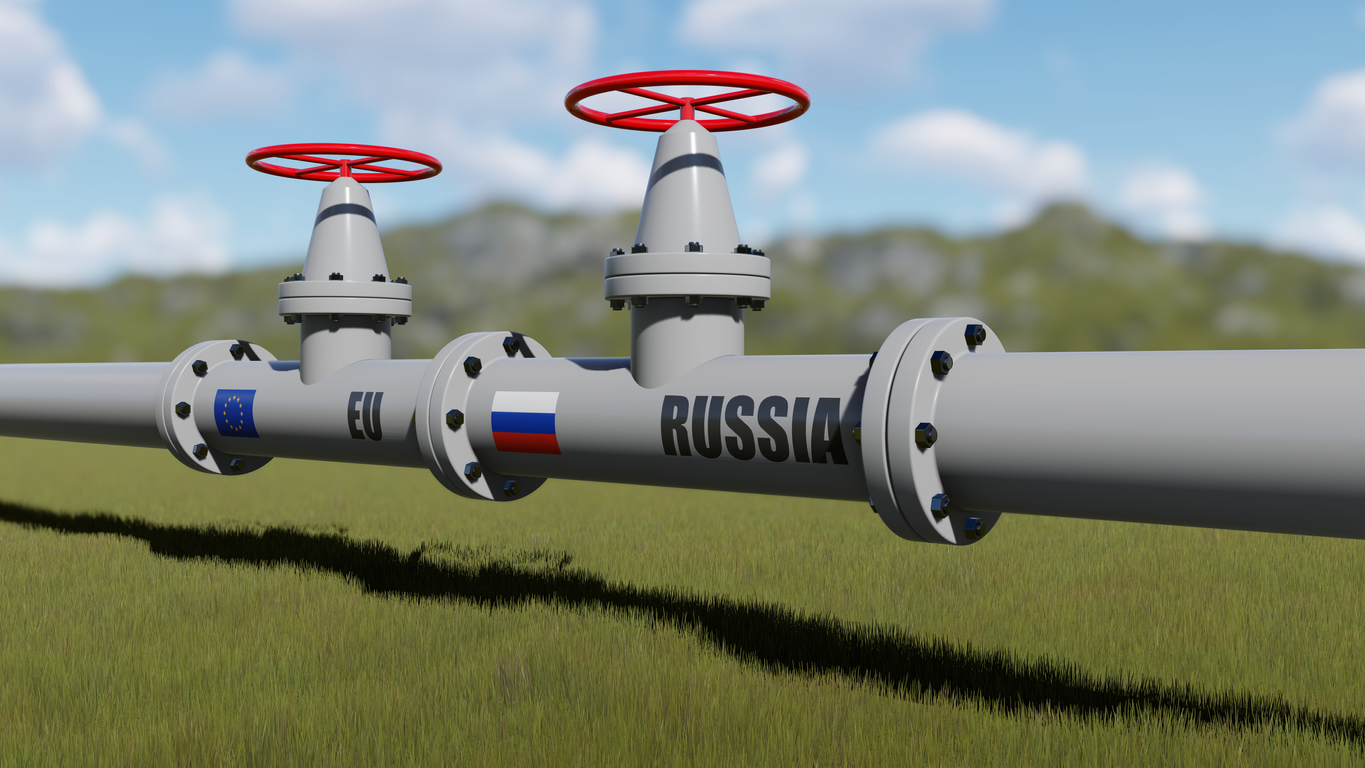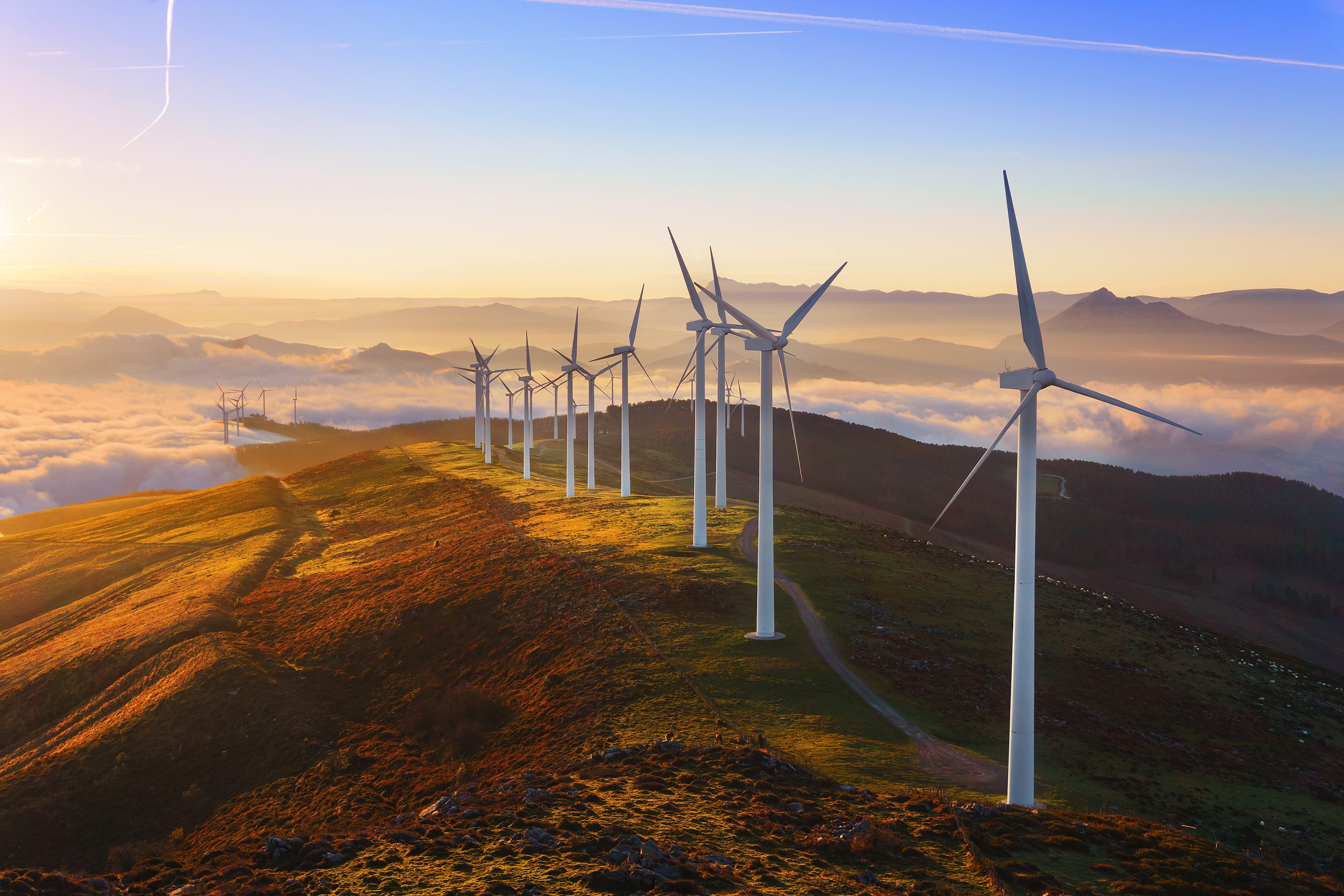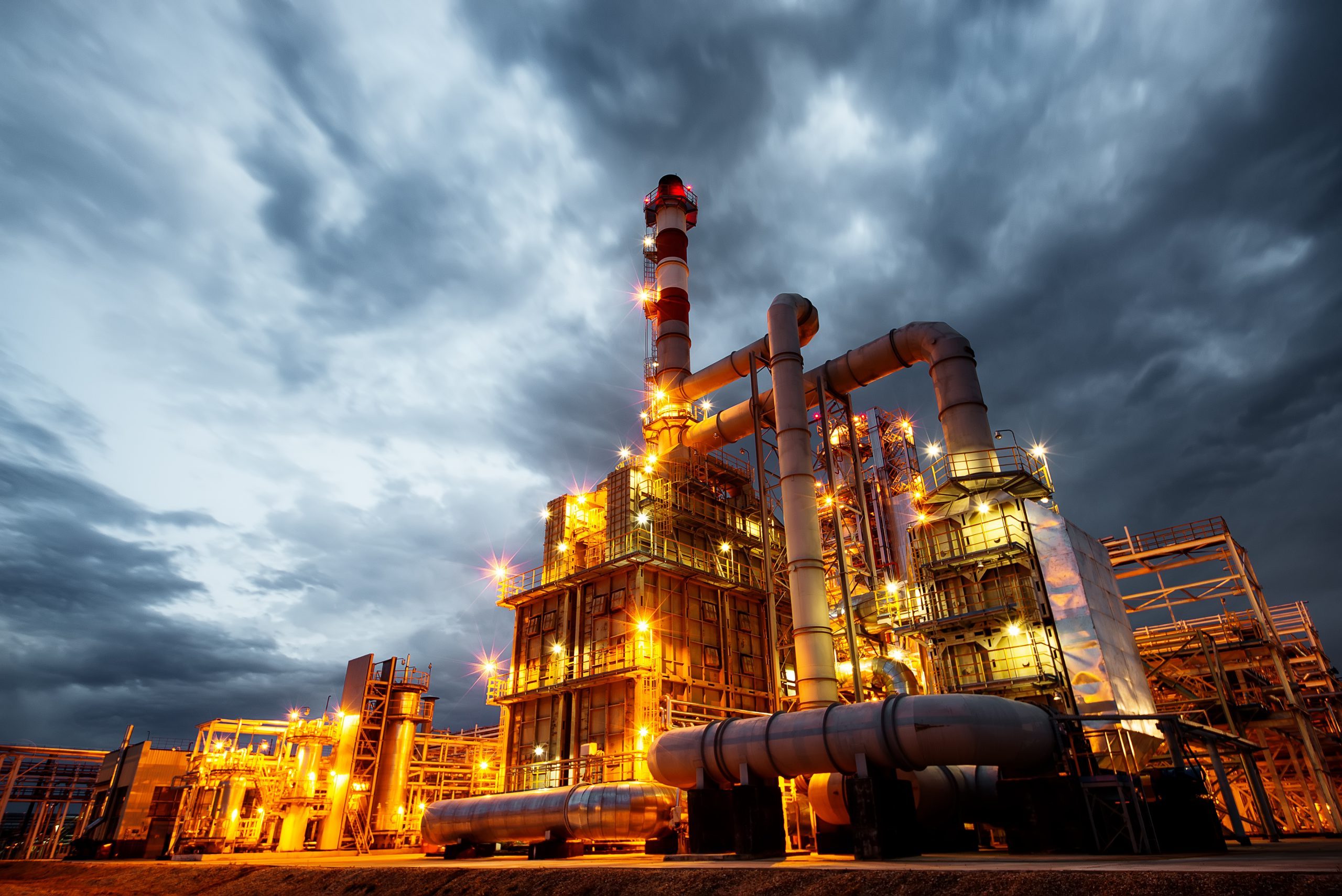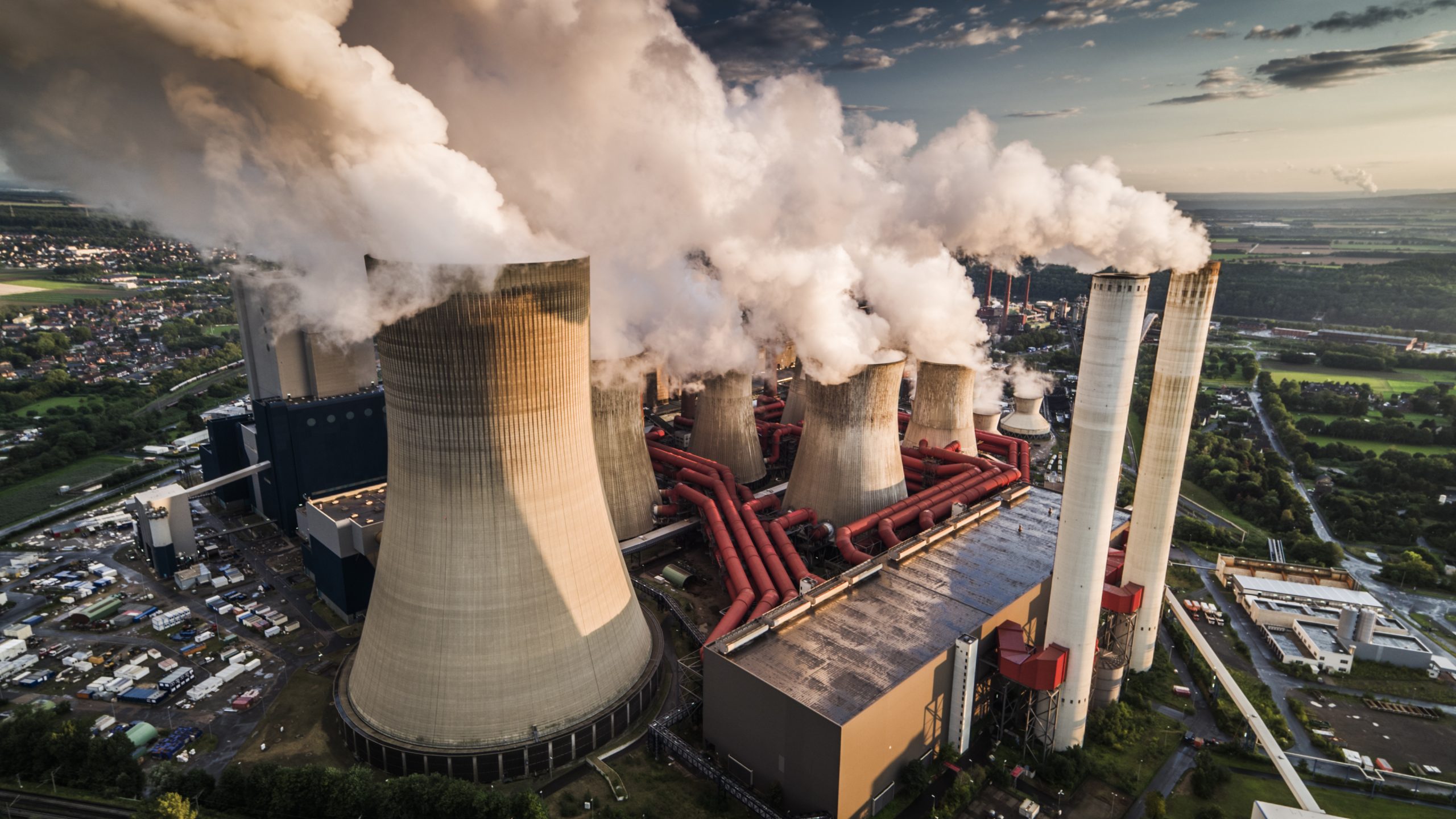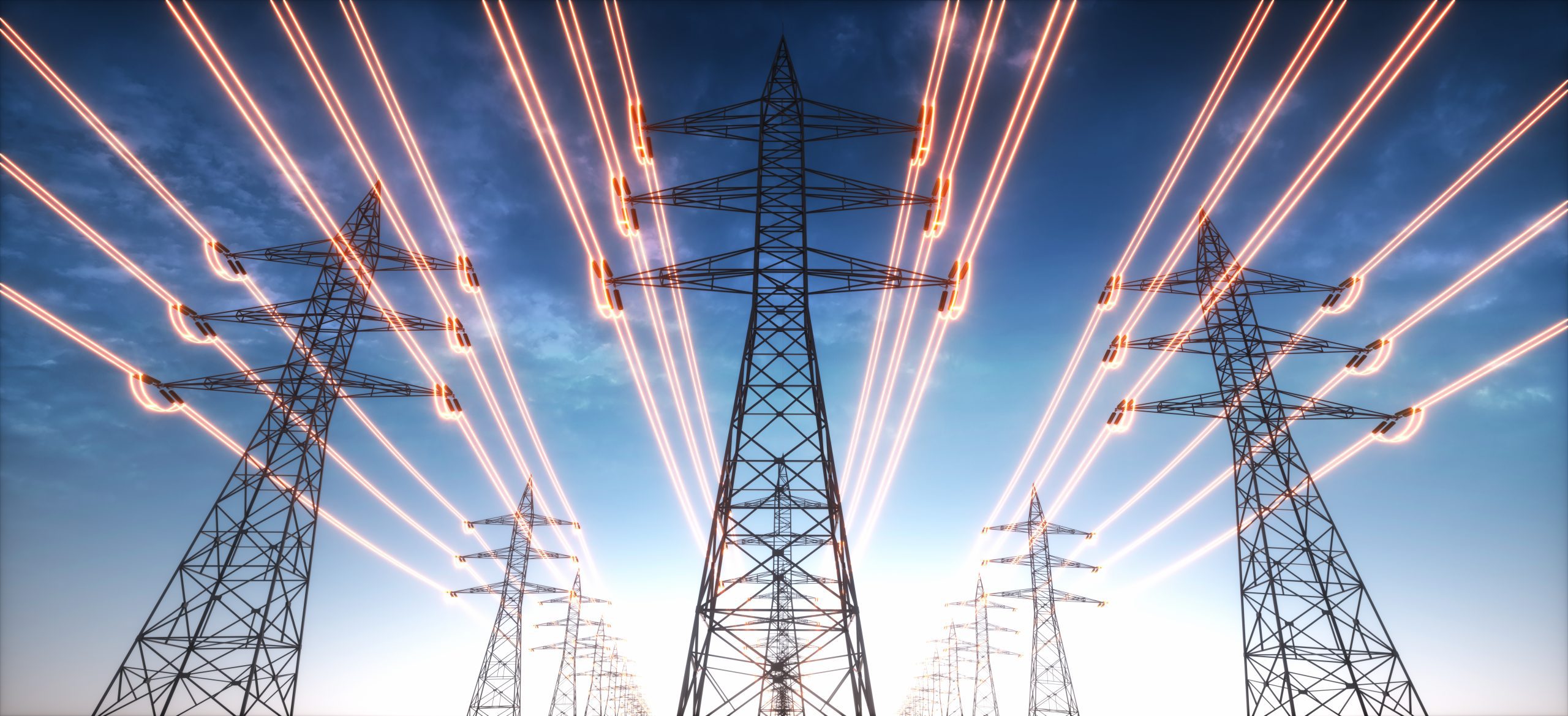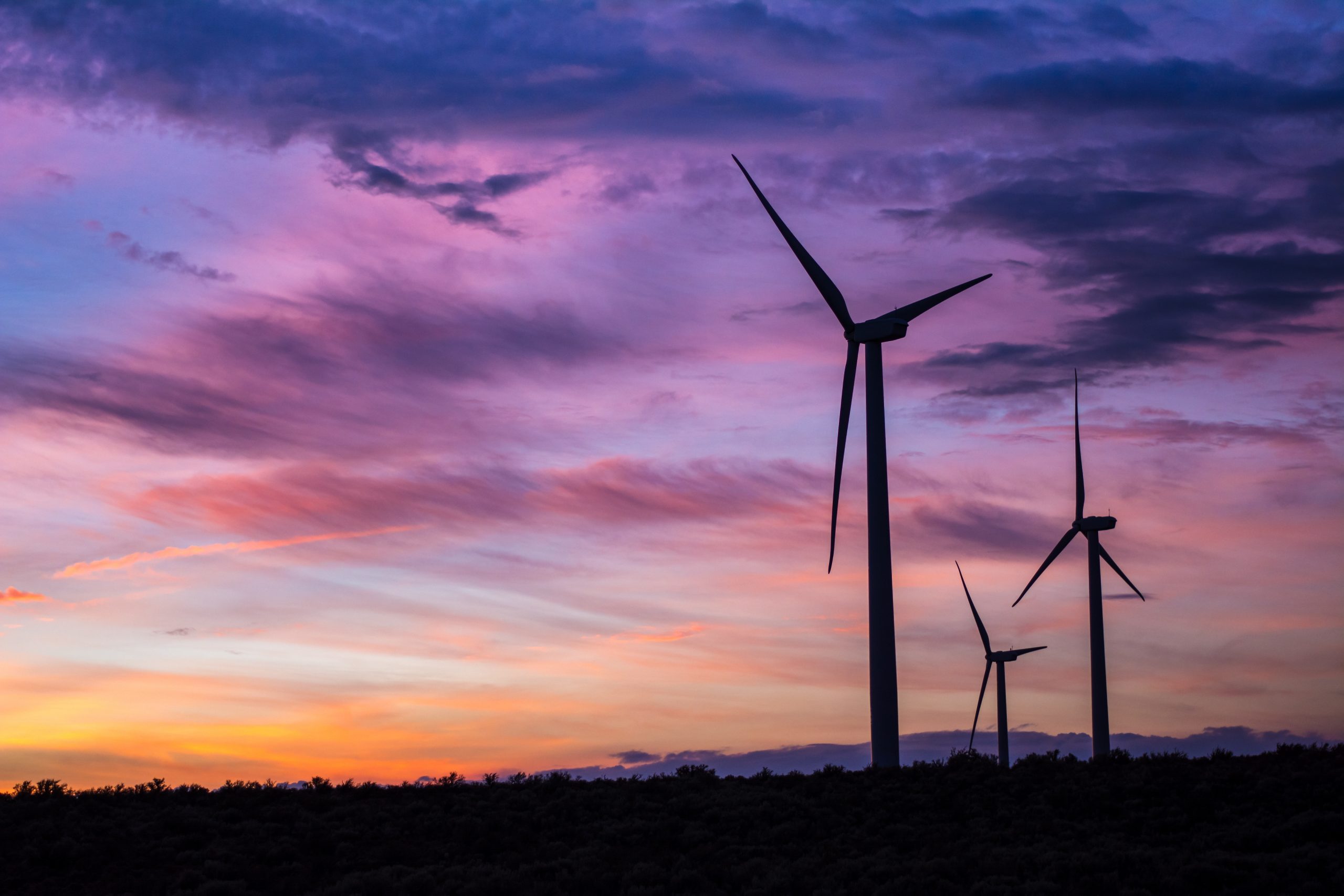Renewable energy has been a source of energy for thousands of years and has been successfully utilized by humans. Most common sources of renewable energy include, but are not limited to, solar, wind, hydro, etc. with hydro energy being most widely used in the world. As of 2024, about 24% of electricity was generated by renewable energy in the United States (¹).
“The power plant does not have energy, it generates it.” – Brendon Burchard.
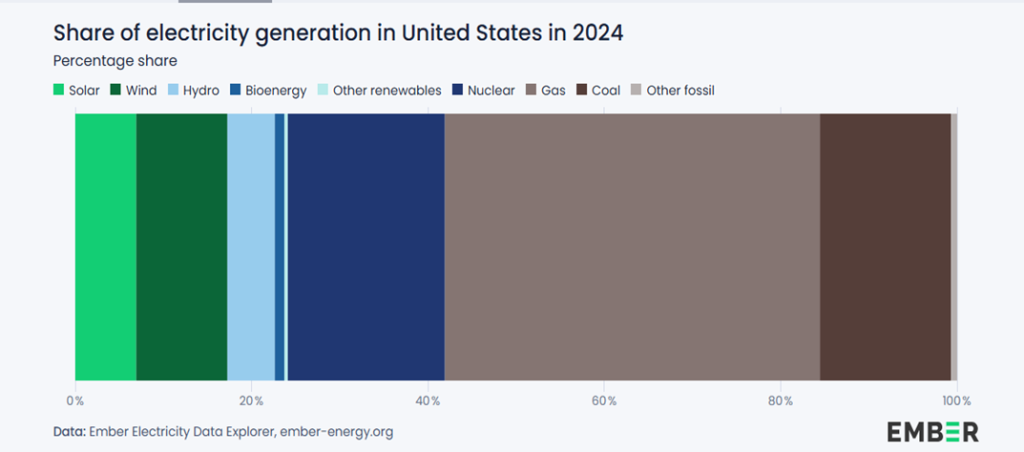
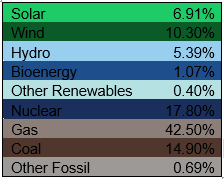
Due to the rapid cost increase of land as well as the global population, researchers and innovators started looking into vast areas of water as a potential solution. Thus, a new relatively young system, Floating Photovoltaics (FPV), was developed. “Floatovoltaics are solar panel arrays that float on bodies of water instead of being installed on land. These systems typically consist of solar panels mounted on buoyant platforms, designed to withstand aquatic environments while capturing solar energy” (²).
There are several key advantages of Floatovoltaics, the first is its efficient use of land. These solar panels can be installed in existing bodies of water such as hydropower dams, reservoirs, lakes, ponds, water basins, etc. This is beneficial because it reduces the need for tree removal and forest clearing and is particularly helpful for areas and countries where the cost of land is high and not widely available, such as smaller islands (e.g. Japan). A second advantage of FPV is higher solar power panel performance. Due to the panels being on water, the surrounding water helps keep the panels cool, which in turn, allows for electricity production at higher efficiency in comparison to the solar panels on land. Lastly, FPV also contributes to water conservation and improvements in water quality. Since the panels sit atop bodies of water, they provide a source of shade, preventing not only freshwater evaporation in times of dry climates or drought, but also algae overgrowth, which benefits overall water quality.
While there are many positive attributes to FPV, this method also comes with its own unique set of drawbacks. Currently, a large hurdle associated with FPV is the cost. The technology is relatively new and requires specialized equipment, niche installation and maintenance; therefore, resulting in much higher costs than current and more established renewable energy methods. The cost of setting up an FPV power plant can be as high as $650,000 – $780,000 per megawatt. However, as technology continues to advance, the costs are expected to decrease. Another disadvantage is the lack of accessibility. Building an FPV power plant requires access to a large body of water, which then involves navigating regulatory, environmental, technical, and social complexities. Throughout the country, states have unique regulations surrounding large bodies of water. They require permits from various parties, which often result in prolonged project timelines. Furthermore, floating solar panels can only be done on a large scale to provide energy to utility companies, large communities, companies or municipalities. They are not accessible to the average resident looking to install solar panels for their home. The average residential home can accommodate approximately 20 panels; meanwhile FPV installations require hundreds to thousands of panels. In addition, while FPV aids in water conservation and quality, it can be a disruption to other aquatic ecosystems. Since the panels block sunlight from penetrating the water, any surrounding wildlife may be impacted. Another significant limitation is the high cost of panel cleaning. Accumulation of seagull droppings contributes to energy diminishing and panel degradation, thus, increased maintenance expenses. Lastly, there are also limitations regarding the types and locations of the bodies of water that allow for an FPV plant. Factors such as wind speed, anchoring abilities and movement patterns of water must be studied and considered prior to the installation.
As floating solar installations continue to rapidly grow in popularity worldwide, it will become extremely critical to secure insurer participation across critical property, for equipment breakdown and other coverage lines. Policies for FPV are distinctive from standard solar development coverage given the unique nature of these water surface-based systems. Site-specific risks must be evaluated for major natural catastrophes such as floods, earthquakes, hail and fires. A major drawback for insurance carriers is a lack of historical loss data and claim experiences regarding this emerging technology. Additionally, risk assessments can be tricky because there are currently no generally accepted engineering standard or design guidelines for FPV. As such, insurers must collaborate closely with developers and equipment manufacturers to institute loss control stipulations and craft policy terms that balance premiums with adequate protections.
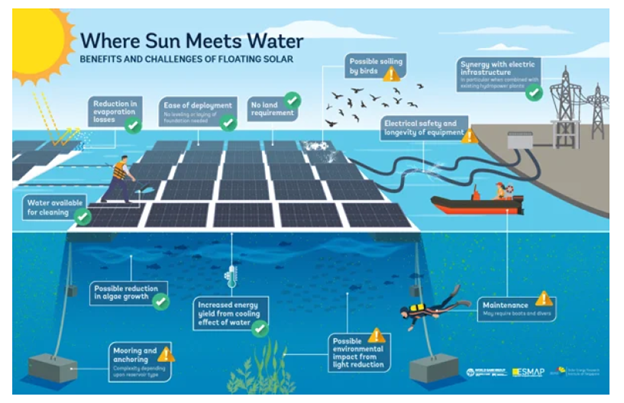
FPV is becoming more popular in the world. The market is forecasted to grow at a CAGR of 13.8% from 2022 – 2027. The Asian Pacific region leads the global FPV market with the largest market share of 51% and North American coming in second with 23%. The first research based floating project in the world was built in 2007 in Japan and the first patent was registered in 2008. To date, Asia has commissioned over 300MW in floating solar capacity, while most US projects are below 10MW. Notable floating solar farm locations include:
- Dezhou Dingzhuang Floating Solar Farm, China
- Company: Huaneng Power International
- Size: 320 MW
- Chiba Prefecture, Japan
- Company: Kyocera
- Size: 13.7MW
- Healdsburg Floating Solar Farm, California
- Company: White Pine Renewables
- Size: 4.78 MW
- Omkareshwar Floating Solar Farm, Khandwa District, Madhya Pradesh, India (Still under development)
- Company: SJVN, Rewa Ultra Mega Solar, and NHDC
- Size: 600 MW
In a world with a rapidly growing population where land has continued to become increasingly scarce, floating photovoltaics are becoming a fast-growing attractive solution. The number of floating photovoltaics systems is rising rapidly around the world, potentially becoming a key role player in renewable energy. Nevertheless, number of challenges remain including high initial investment costs, ongoing maintenance costs, and high financing. Overcoming these challenges is key to making floating solar power more successful.
By Inna Tahmasian.
The statements or comments contained within this article are based on the author’s own knowledge and experience and do not necessarily represent those of the firm, other partners, our clients, or other business partners.
Statista “Renewable energy in the U.S. – statistics & facts”
(Renewable energy in the U.S. – statistics & facts | Statista)Usman Noor “The Rise of Floatovoltaics 2025” (The Rise of Floatovoltaics (2025) | 8MSolar)



